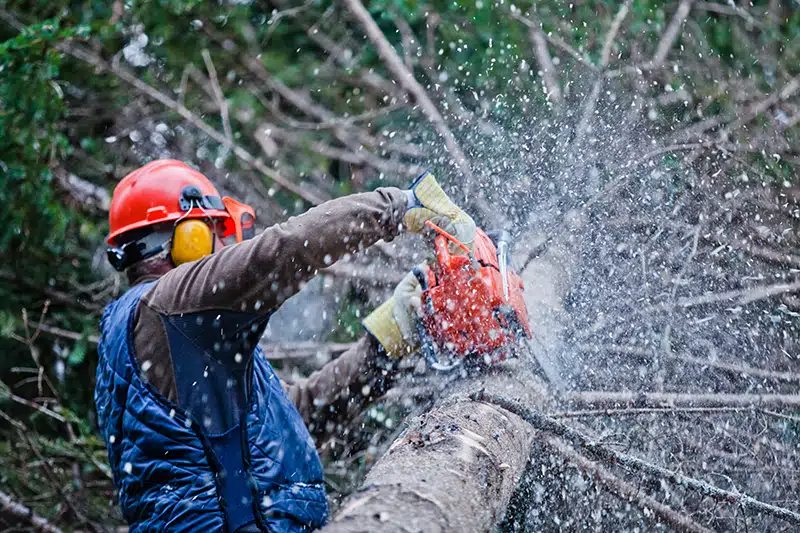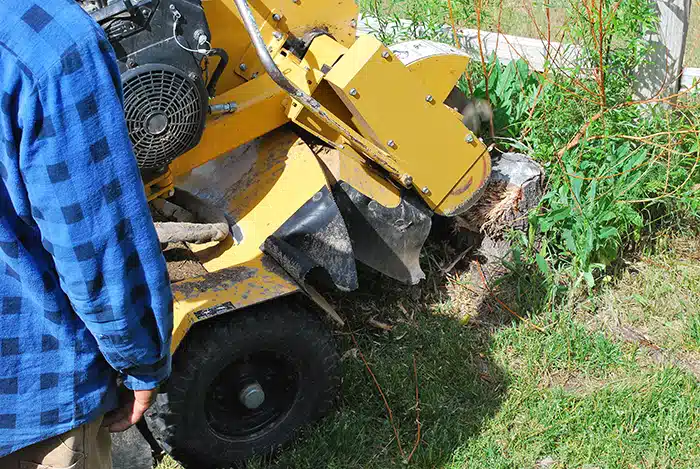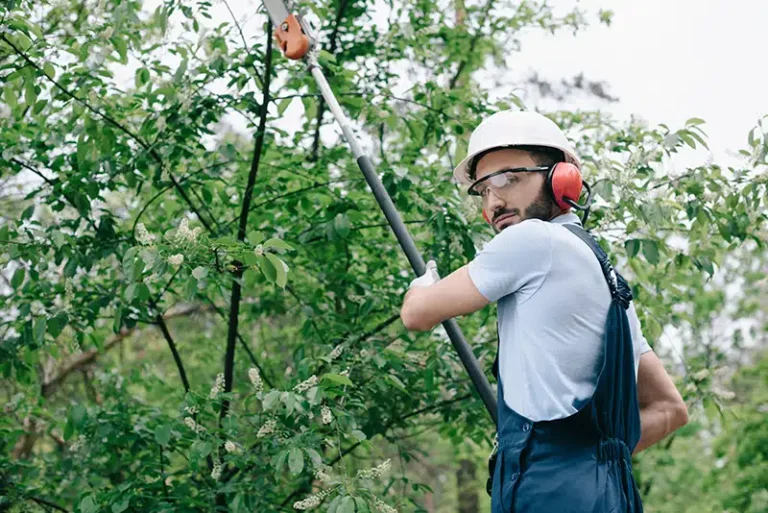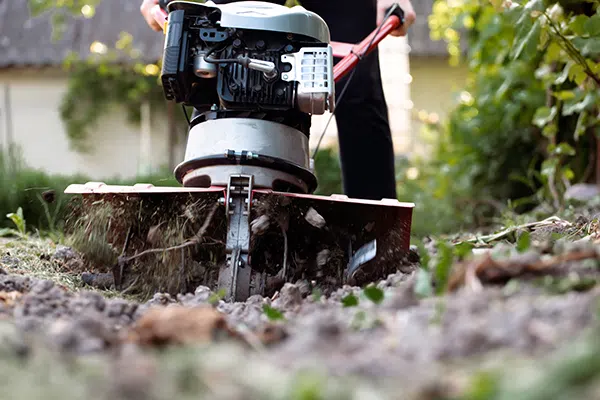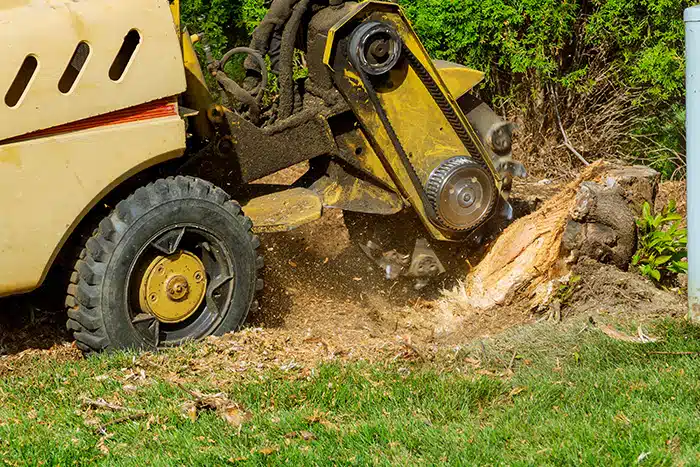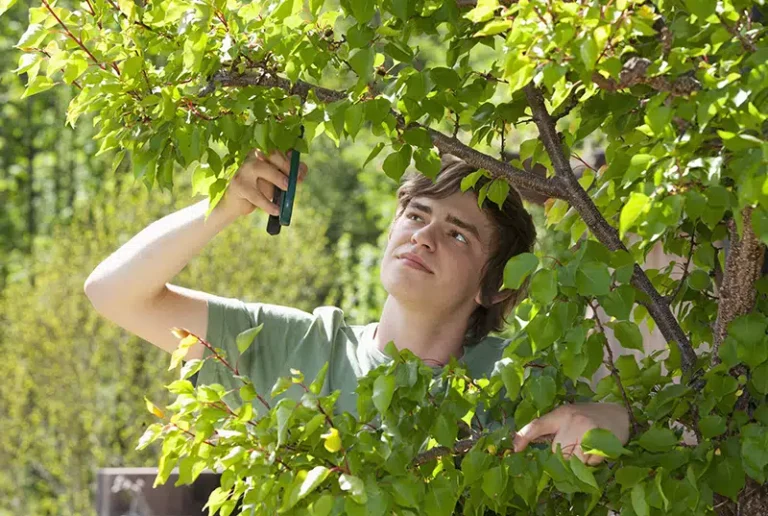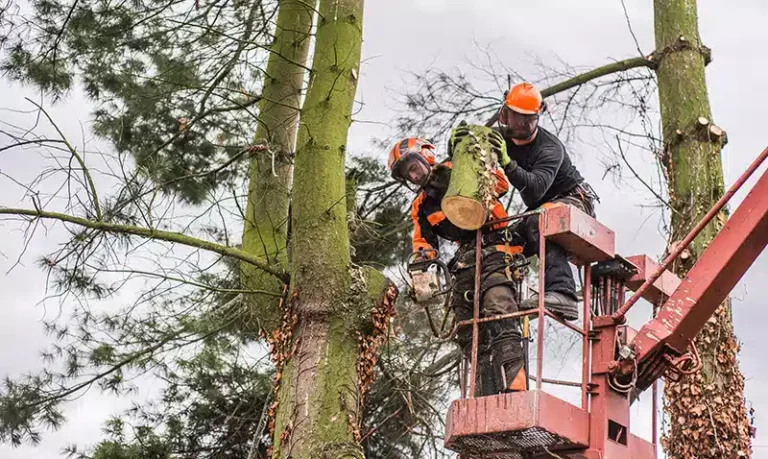Why Is Tree Removal Often Recommended Before Home Renovations?
Planning a home renovation is an exciting step toward improving your living space and boosting property value. But before the hammers start swinging, it’s important to consider what’s outside your home as well—particularly your trees.
Trees that are too close to your home or construction area can interfere with renovation work and even pose long-term risks to your property. Tree removal is often recommended before renovations begin because it ensures a safer, more efficient work environment while protecting your foundation, structure, and future investment.
Understanding the role trees play in your renovation plans can help you avoid costly mistakes and delays.
Prevents Structural Damage During Construction
Large trees near your home or renovation site can cause significant damage during construction if not addressed in advance. Their roots, limbs, and proximity may interfere with building plans or existing structures.
- Tree roots can damage or shift home foundations and underground utilities
- Falling limbs during construction pose a safety hazard to workers and equipment
- Heavy machinery can harm tree trunks and root systems, making trees unstable
- Overhanging branches may obstruct roofing, siding, or second-story work
Removing problem trees before construction begins reduces these risks and prevents potential damage down the line.
Allows for Better Project Planning and Design
Removing trees early in the planning stage gives contractors and architects more flexibility to design your renovation efficiently. It opens up space and ensures your vision isn’t restricted by unwanted natural barriers.
- Enables accurate measurements and layout adjustments
- Clears space for additions, decks, garages, or expanded driveways
- Improves visibility and access to the renovation site
- Reduces future complications that may arise mid-project
By dealing with trees upfront, you avoid last-minute design changes that can delay progress or increase costs.
Improves Safety for Workers and Equipment
Construction zones need to be clear, stable, and safe for everyone involved. Trees that are unstable, diseased, or located in high-traffic work areas can compromise safety during renovations.
- Removes hazards like weak or leaning trees that could fall
- Creates more room for scaffolding, ladders, and heavy machinery
- Prevents equipment damage from low branches or dense canopies
- Allows emergency access in case of job-site incidents
Removing trees before renovation ensures a cleaner, safer site that’s easier to navigate and work in.
Protects the Health of Remaining Trees and Landscape
Sometimes, leaving trees near construction zones can do more harm than good. The pressure from equipment, soil compaction, and root damage can weaken or kill nearby trees.
- Avoids root disturbance from digging and grading
- Prevents trees from becoming unstable due to soil movement
- Reduces stress on trees exposed to sudden environmental changes
- Makes it easier to protect trees you plan to keep by installing barriers
Tree removal helps preserve the health of your overall landscape by removing trees at risk and allowing better protection for the ones you value.
Enhances Long-Term Property Value and Functionality
Renovations aim to improve your property’s function, appearance, and value. Strategic tree removal helps ensure your upgrades aren’t overshadowed or compromised by problematic vegetation.
- Increases sunlight for new windows, solar panels, or garden spaces
- Improves curb appeal by removing dead or awkwardly placed trees
- Makes room for driveways, walkways, and updated landscaping
- Prevents future issues like root damage or blocked gutters
Planning tree removal with your renovation goals in mind enhances both the beauty and practicality of your upgraded home.
Tree removal is a smart and often necessary step when preparing for home renovations. It clears the way for safe, efficient construction and prevents future problems that could compromise your investment.
Whether it’s protecting your foundation, creating space for a new addition, or simply improving safety, removing the right trees ahead of time sets your project up for long-term success. Always consult with a professional tree service to assess which trees should stay and which ones are best removed.

